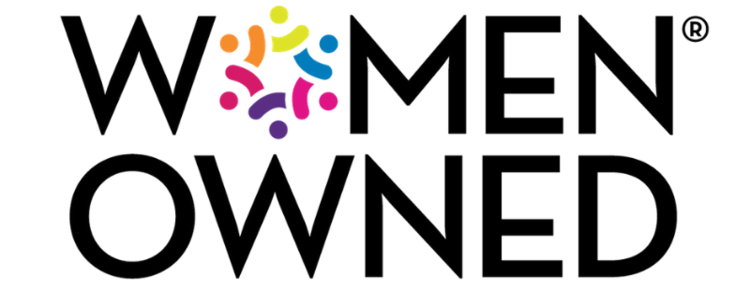But understanding how SOPs are helpful is only the first step. Next you must actually create them.
Here’s how, step-by-step, to create an SOP that produces the desired outcome:
-
Conduct a needs assessment. Foundationally, the organization must understand what it needs these documents for.
- First, what are the goals? SOPs should be geared toward achieving those goals. It’s not just about executing a series of steps; the goal is to produce a desired outcome.
- Second, what activities are going to standardized and documented? Different kinds of tasks may require different kinds of SOPs. Check out all 5 types to choose the best option for your needs.
- Next, review existing SOPs to determine if they’re up-to-date and, more important, if they’re producing desired results.
- Finally, set some benchmarks or metrics to track SOP effectiveness and performance. Approach SOP creation like a scientist or engineer trying to perfect a design for a machine that will increase productivity; tinkering will be required! In that case, you need to know what signals to monitor to determine if improvements are needed.
- Drafting. From here, the process of creating SOPs is similar to writing any document. Starting with an outline, mind map, rough sketch, or some other pre-writing exercise can help. Then write the first draft. If the drafting process is cumbersome, try some of these tips to ease the writing process.
- Review and revise. Once the first draft is in place, let stakeholders review the document. Note that this process may include external stakeholders too, such as third-party consultants and educators.
- Test. It might be possible to skip this step with relatively simple SOPs, but for more complicated documents, conduct a pilot test first to ensure people understand the document. Have a subsection of employees follow the newly documented procedures for a while and ensure the SOP is producing desired results. If you’re satisfied, go on to Step 5. If not, go back to Step 3.
- Train. Once the new SOP or job aid has been created and tested, deploy it to all members of the workforce who will be using it. Don’t just throw it out there, however. Do it right, especially if the SOP is lengthy or complex, by formally training employees on the new procedures.
- Perform ongoing review and revision. Businesses are constantly evolving, and SOPs need to evolve with them. Otherwise, the knowledge within these documents can become outdated very quickly. It’s crucial to perform periodic reviews – at minimum, once a year – to assess if they need to be updated, retired, and/or replaced.
Ultimately, users can’t comply with SOPs if they don’t understand them and, as these steps illustrate, there’s a lot that goes into developing genuinely effective SOPs. For help mastering the skills and tasks involved, Hurley Write’s Standard Operating Procedures Training is a valuable tool for all types of firms in need of better SOPs. We’ll help your team understand process mapping, write easy-to-follow steps, use language to increase clarity, and more.


